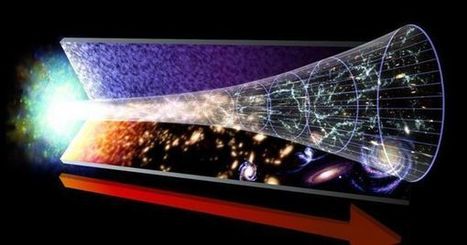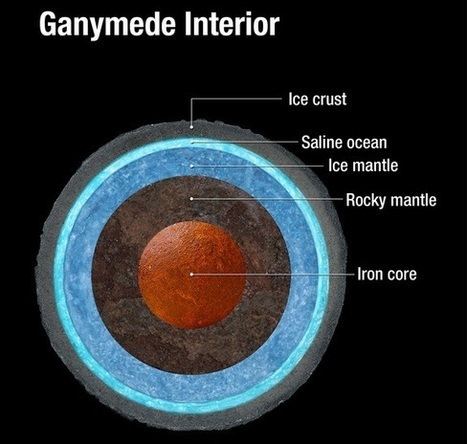We once thought of Mars as a dried up husk of a planet with no significant water resources on its surface. After further study, scientists have discovered the Red Planet has vast amounts of water ice, and there may even be some water flowing on its surface. Mars’ water reserves may even be more accessible than we believed. A new analysis of past NASA data points to water ice near the Martian equator where scientists thought it could not exist.
NASA didn’t have to send a new probe to Mars to figure this out. In fact, the instrument used to obtain this data has long since been retired. Scientists reevaluated data from the NASA Odyssey Spacecraft, which was in operation between 2002 and 2009. The goal of this mission was to map the surface of Mars while also looking for evidence of water. It was used to identify landing sites for surface missions, and to this day still acts as a data relay for the Curiosity rover.
Learn more / En savoir plus / Mehr erfahren:
http://www.scoop.it/t/21st-century-innovative-technologies-and-developments/?&tag=Mars
http://www.scoop.it/t/21st-century-innovative-technologies-and-developments/?&tag=Water



 Your new post is loading...
Your new post is loading...












In the beginning, there was light, and matter, and antimatter, in an expanding and cooling Universe. But something else happened before.
Learn more / En savoir plus / Mehr erfahren:
https://www.scoop.it/t/21st-century-innovative-technologies-and-developments/?&tag=Space